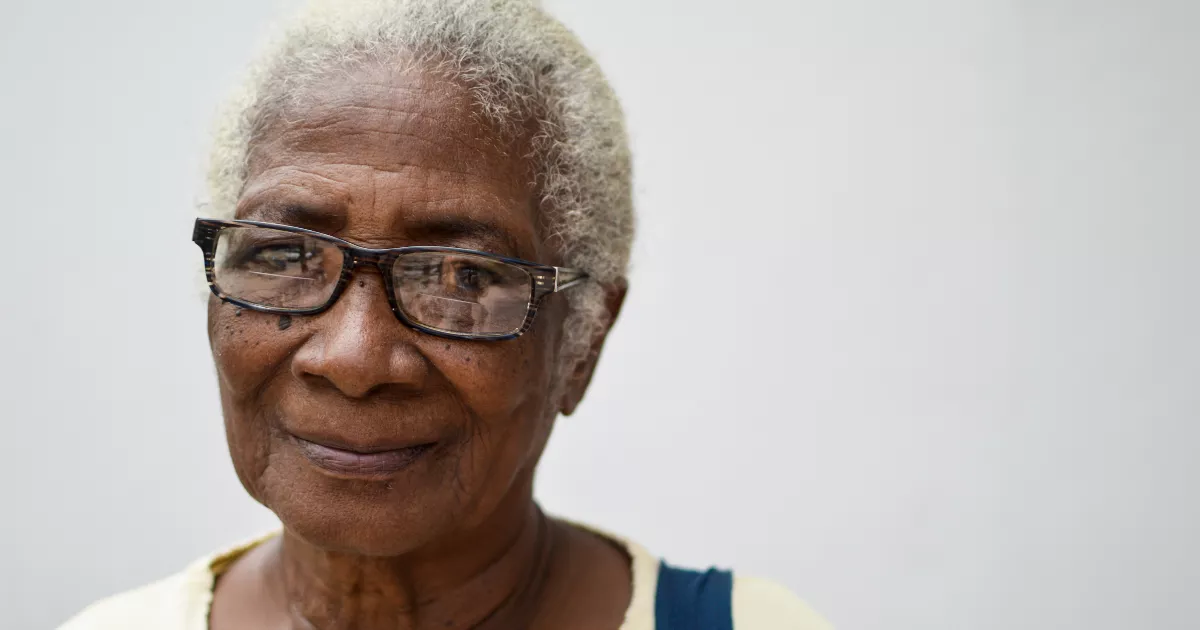
A Rallying Cry for Women’s Eye Health and Safety
April is Women’s Eye Health and Safety Month, a crucial opportunity to highlight the unique vision challenges women face. Women are disproportionately affected by eye diseases, yet awareness and preventive action remain insufficient. Understanding these risks is essential for preserving women’s sight and overall quality of life.
The Gender Disparity in Eye Health and Safety
Women make up nearly two-thirds of the blind and visually impaired population worldwide (Prevent Blindness). While biological factors like longevity play a role, the disparities extend beyond aging.
Hormonal changes due to pregnancy, menopause, and contraceptive use contribute to conditions such as dry eye syndrome and fluctuating vision. Additionally, autoimmune disorders that affect vision, such as lupus and Sjögren’s syndrome, are far more prevalent in women.
Despite these risks, women are less likely to receive timely diagnosis and treatment. Societal factors—such as caregiving responsibilities and lower prioritization of personal health—often delay critical eye care. This makes education and patient activation vital.
The Impact of Eye Conditions on Women’s Lives
Vision loss is more than a medical issue—it directly affects women’s independence, economic security, and emotional well-being. Limited vision can make it harder to perform daily tasks, care for family members, or remain in the workforce. The psychological toll is significant; depression and anxiety are more common in individuals with vision impairment, further compounding health disparities.
Age-Related Macular Degeneration (AMD)
AMD affects the macula, the part of the retina responsible for sharp central vision. Women account for 65% of AMD cases, primarily because they live longer, but also due to genetic and lifestyle factors. AMD can make it impossible to drive, read, or recognize faces, leading to social isolation and reduced autonomy.
Cataracts
Cataracts, the clouding of the eye’s natural lens, remain the leading cause of blindness worldwide. Women not only develop cataracts at higher rates but also experience more severe progression. If untreated, cataracts significantly impair vision, making everyday tasks difficult. Fortunately, cataract surgery is highly effective, yet access to treatment varies due to financial and healthcare barriers.
Glaucoma
Glaucoma, known as the “silent thief of sight,” gradually damages the optic nerve without early symptoms. Women are at higher risk, especially those with a history of migraines or low blood pressure. Left untreated, glaucoma leads to irreversible blindness. Many women do not realize they have the disease until significant vision loss has occurred, reinforcing the need for routine screenings.
Dry Eye Syndrome
Women are two to three times more likely to develop dry eye syndrome, a condition where the eyes do not produce enough quality tears. Postmenopausal hormonal changes contribute significantly to this issue. Chronic dry eye can cause irritation, discomfort, and even damage to the cornea, affecting daily comfort and productivity.
Diabetic Retinopathy
Women with diabetes are at heightened risk for diabetic retinopathy, which damages the blood vessels in the retina. Pregnancy can further exacerbate this particular risk. Without proper management, diabetic retinopathy can cause permanent vision loss, making early intervention critical.
The Need for Greater Awareness and Patient Activation
Raising awareness about these conditions is only the first step—women must be empowered to take charge of their eye health. Regular eye exams are essential for early detection, yet many women delay them due to time constraints or lack of awareness. Healthcare providers should emphasize the importance of proactive eye care, especially for those with predisposing factors.
Public health campaigns should target not just individual women but also families and caregivers who can play a role in encouraging routine eye check-ups. Additionally, improving access to affordable vision care is crucial for reducing disparities (Prevent Blindness).
Proactive Measures
Women should prioritize eye health by:
- Scheduling comprehensive dilated eye exams,
- Protecting their eyes from UV exposure,
- Managing underlying health conditions, and
- Maintaining a nutrient-rich diet.
Advocacy for better healthcare policies and increased funding for vision research can also drive long-term improvements in women’s eye health.
Women’s Eye Health and Safety Month is more than just an observance—it’s a call to action. Vision loss disproportionately affects women, impacting their quality of life and independence. Through awareness, education, and proactive care, we can reduce preventable blindness and empower women to take control of their vision health. Eye care is not just about seeing clearly; it is about living fully.

